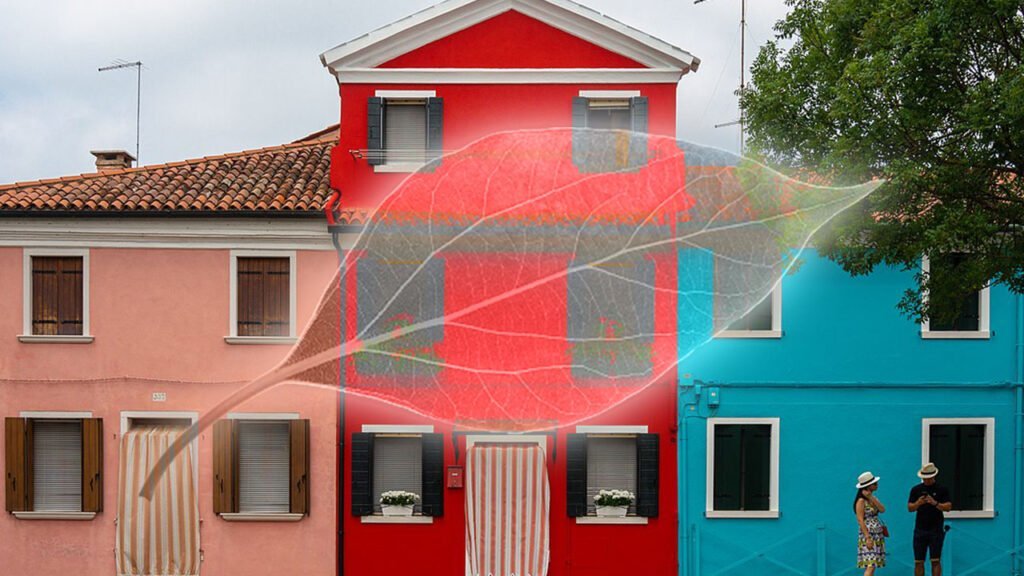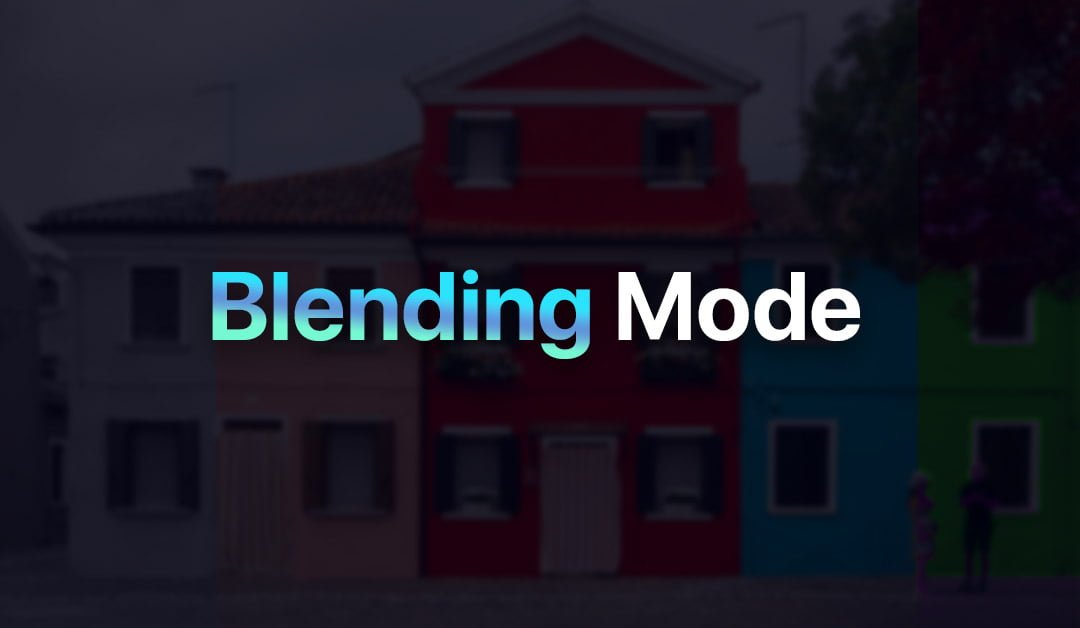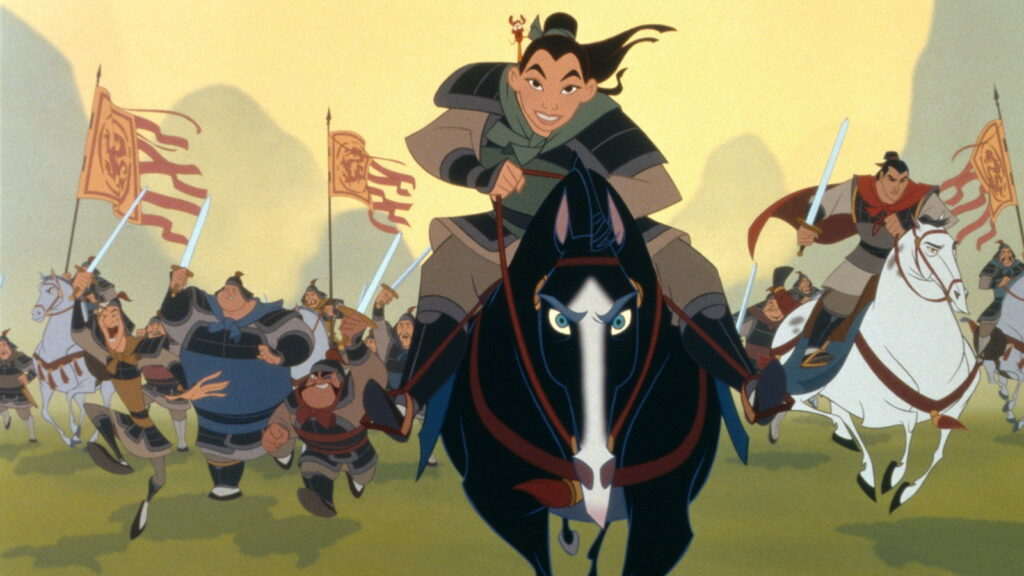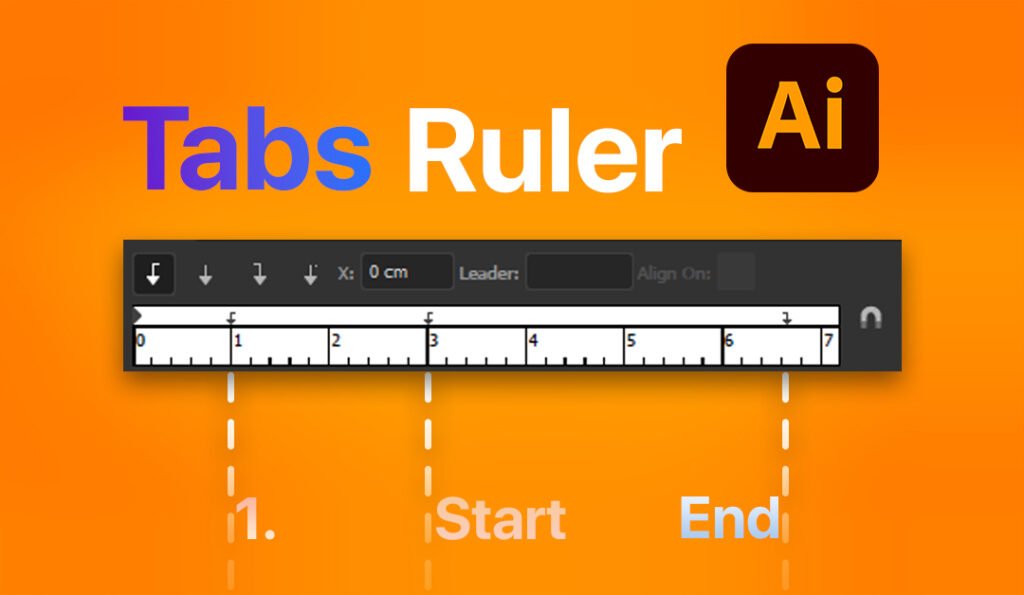What is Blending Mode?
A Blending Mode is an effect used to determine how two layers are blended with each other.
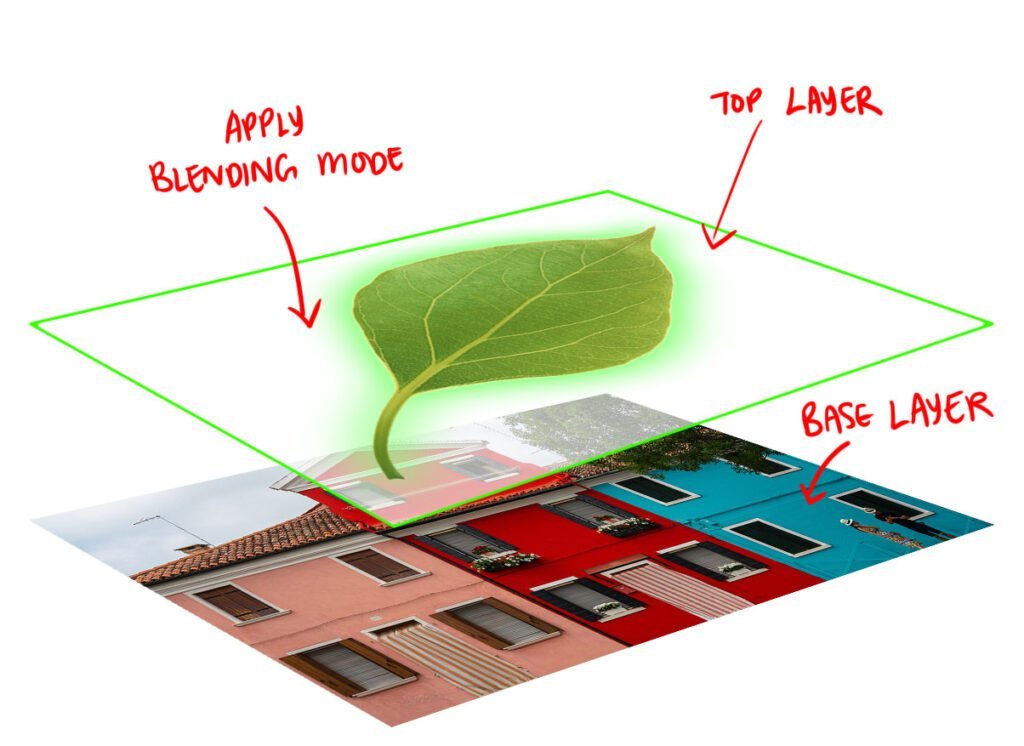
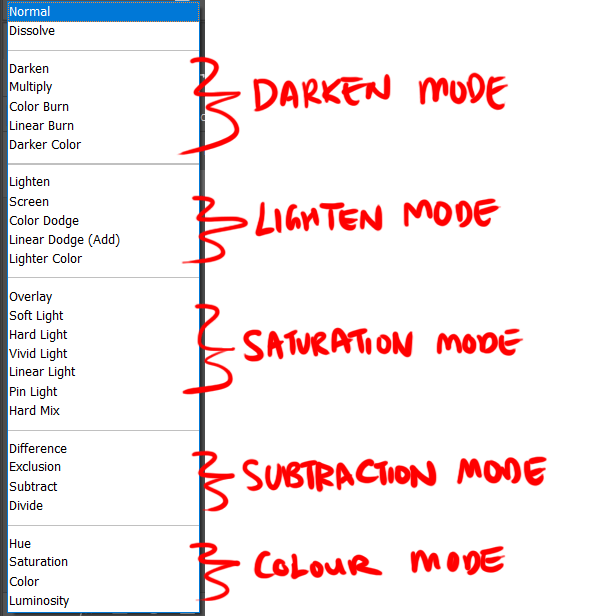
Normal
This is the default setting. The blend layer is placed on top of the base layer.
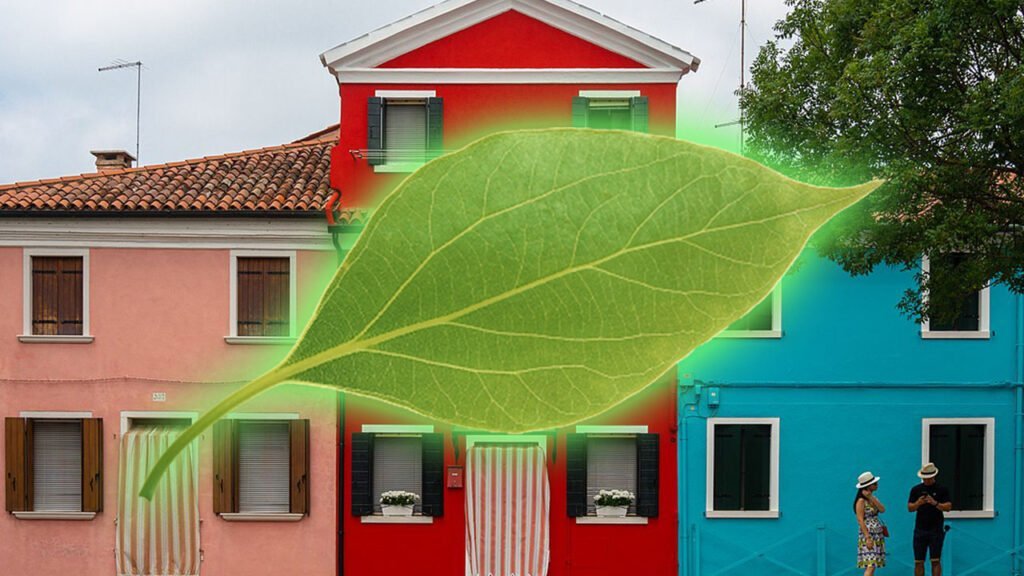
Dissolve
The dissolve mode takes random pixels from both layers. With blend layer opacity greater than that of the bottom layer, most pixels are taken from the blend layer, while with low opacity most pixels are taken from the bottom layer. No anti-aliasing is used with this blend mode, so the pictures may look grainy and harsh.

Darken
Compares the colours of the blend layer and the base layers and keeps the darker colours.
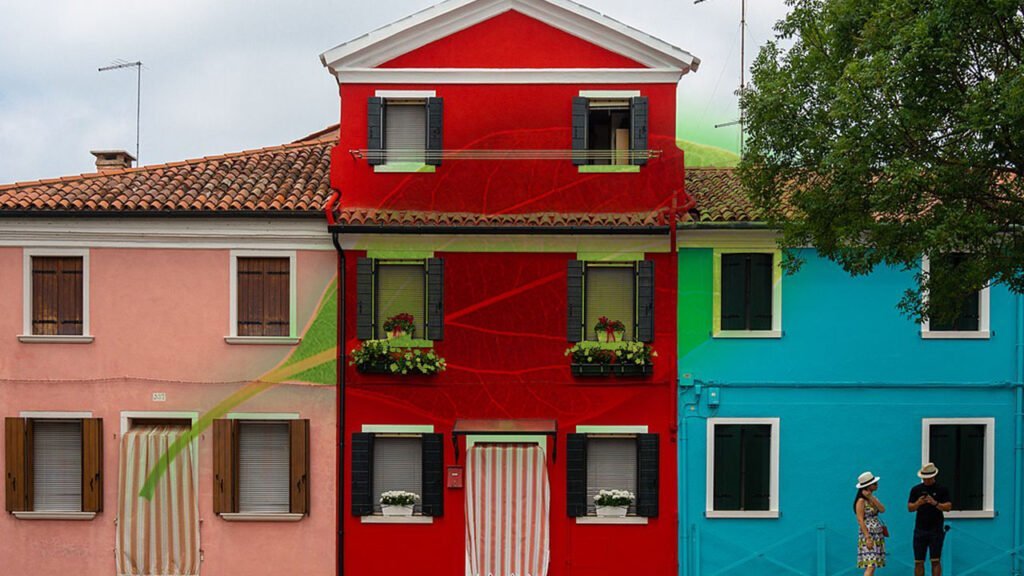
Multiply
Multiply looks at the colour information in each channel and multiplies the base colour by the blend colour. The result colour is always a darker colour. Multiplying any colour with black produces black. Multiplying any colour with white leaves the colour unchanged.
Pure white on the blend layer that will completely disappear, while everything else becomes darker.
Example 01.
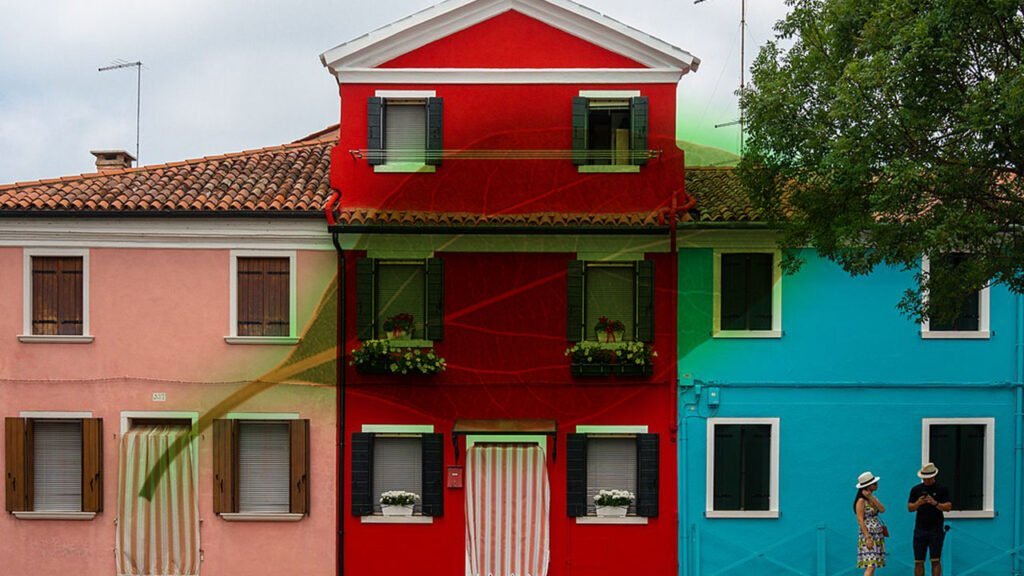
Example 02.

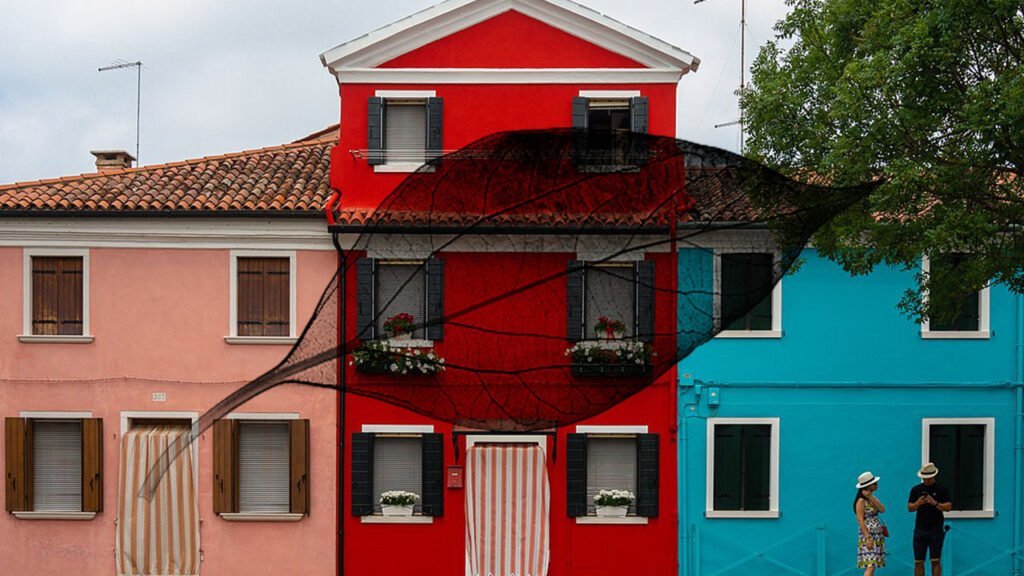
If you have worked with 3D Renders before, then you should be very familiar with using Multiply Blend Mode for compositing Ambient Occlusion (AO) Map.

Colour Burn
Look at the colour information in each channel and darken the base colour to reflect the blend colour by increasing the contrast between the two. Blending with white produces no change.

Linear Burn
Look at the colour information in each channel and darken the base colour to reflect the blend colour by decreasing the brightness. Blending with white produces no change.

Darker Colour
Compares the total of all channel values for the blend and base colour and displays the lower value colour. Darker Color does not produce a third colour, which can result from the Darken blend, because it chooses the lowest channel values from both the base and the blend colour to create the result colour.

Lighten
The Lighten Blending Mode compares the colour of both the top and base layers, keeping whichever one of the two is the lightest. If both colours are the same, then no change is applied.
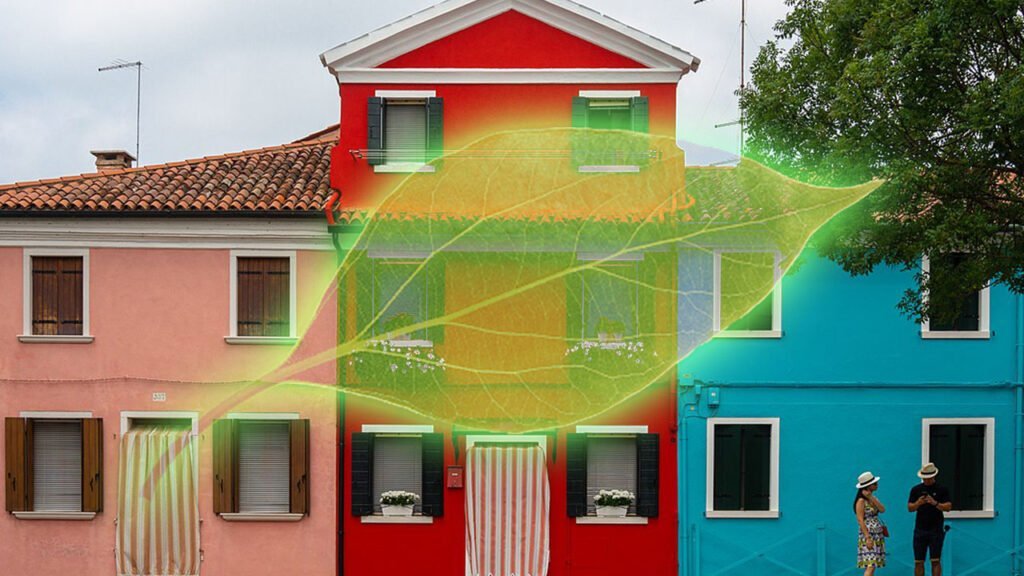
Screen
With Screen blend mode, the values of the pixels in the two layers are inverted, multiplied, and then inverted again. The result is the opposite of Multiply: wherever either layer was darker than white, the outcome will be brighter. This blend mode is good for compositing images/videos of fire or lights.
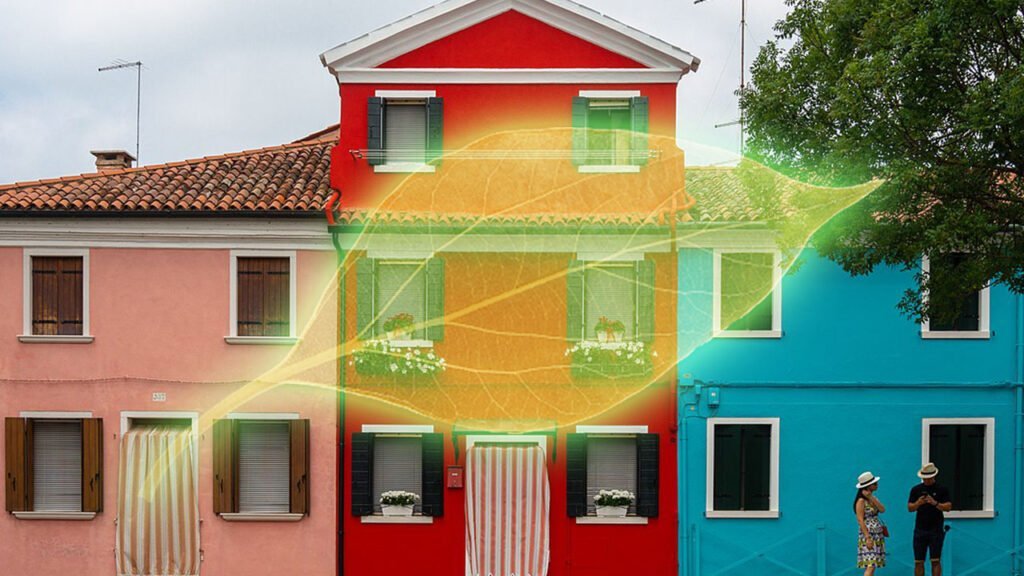
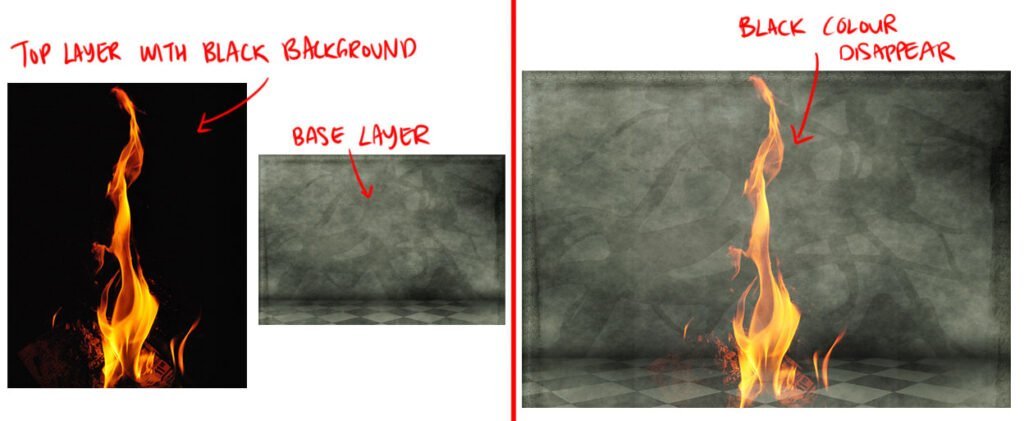
Colour Dodge
The Color Dodge blend mode divides the bottom layer by the inverted blend layer. This lightens the bottom layer depending on the value of the blend layer: the brighter the blend layer, the more its colour affects the bottom layer. Blending any colour with white gives white. Blending with black does not change the image.

Linear Dodge (Add)
Look at the colour information in each channel and brighten the base colour to reflect the blend colour by increasing the brightness. Blending with black produces no change. Similar to Screen, but more contrast.
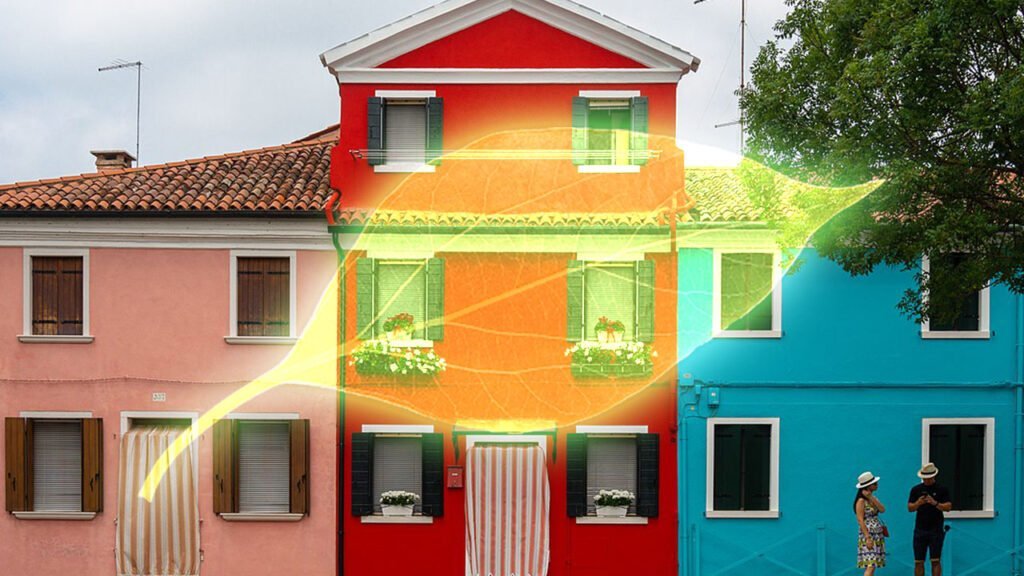
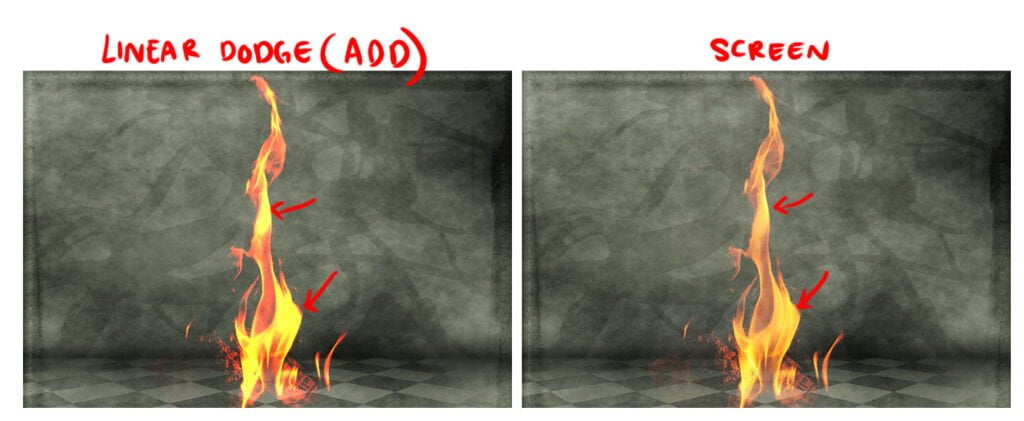
Lighter Colour
Compares the total of all channel values for the blend and base colour and displays the higher value colour. Lighter Colour does not produce a third colour, which can result from the Lighten blend, because it chooses the highest channel values from both the base and blend colour to create the result colour.
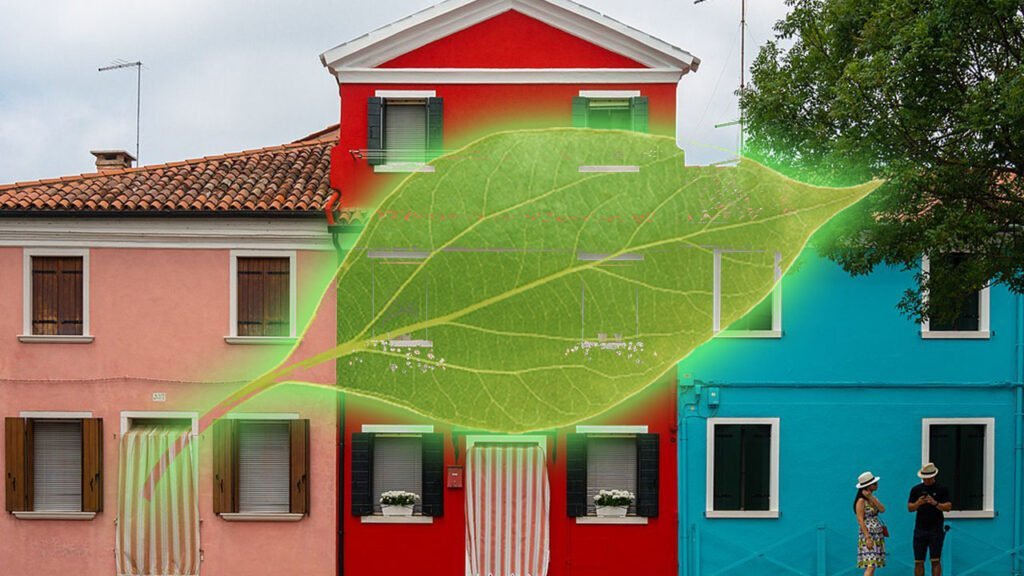
Overlay
The Overlay blend mode is a combination of Multiply and Screen with the base layer always shining through. Overlay uses the Screen at half strength on colours lighter than 50% grey.
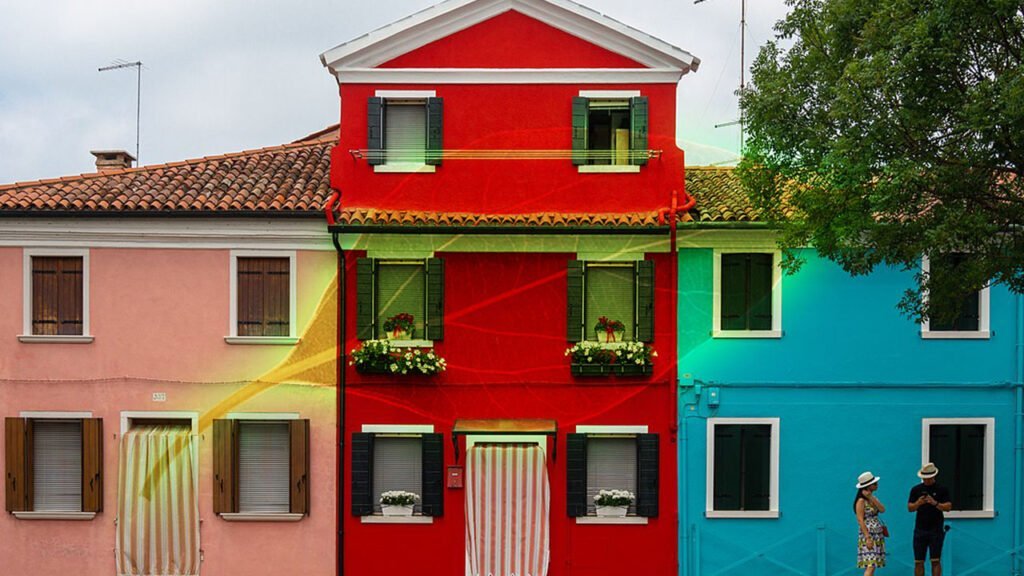
Overlay blend mode is also mainly used to apply colour to a subject. For example, applying colour

Soft Light
Colours that are lighter than 50% grey will get even lighter while colours darker than 50% grey will get even darker.
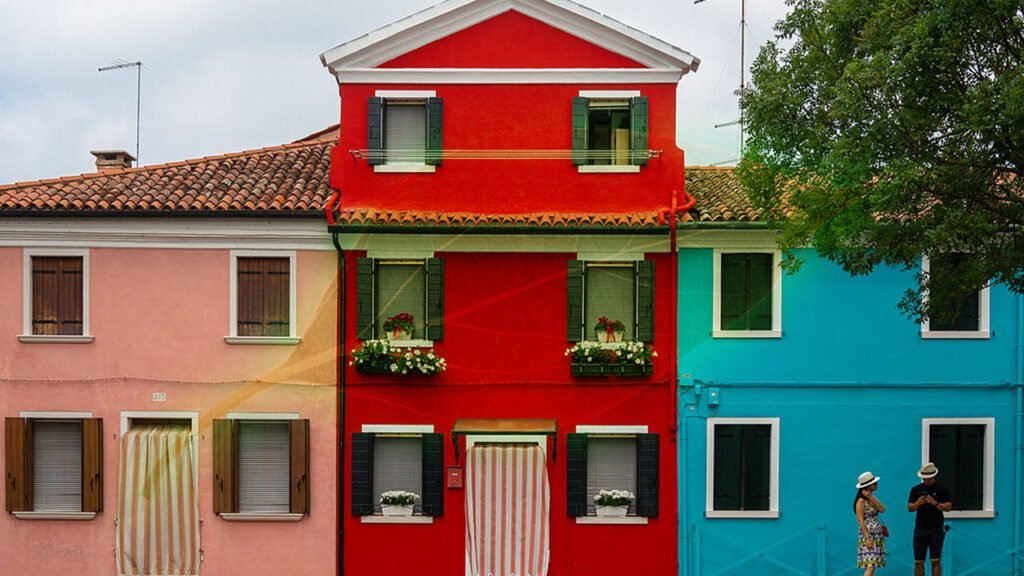
Hard Light
If the base layer colour is less than 50% grey, the layer lightens it as if it were screened. If the base layer colour is greater than 50% grey, the layer darkens it as if it were multiplied
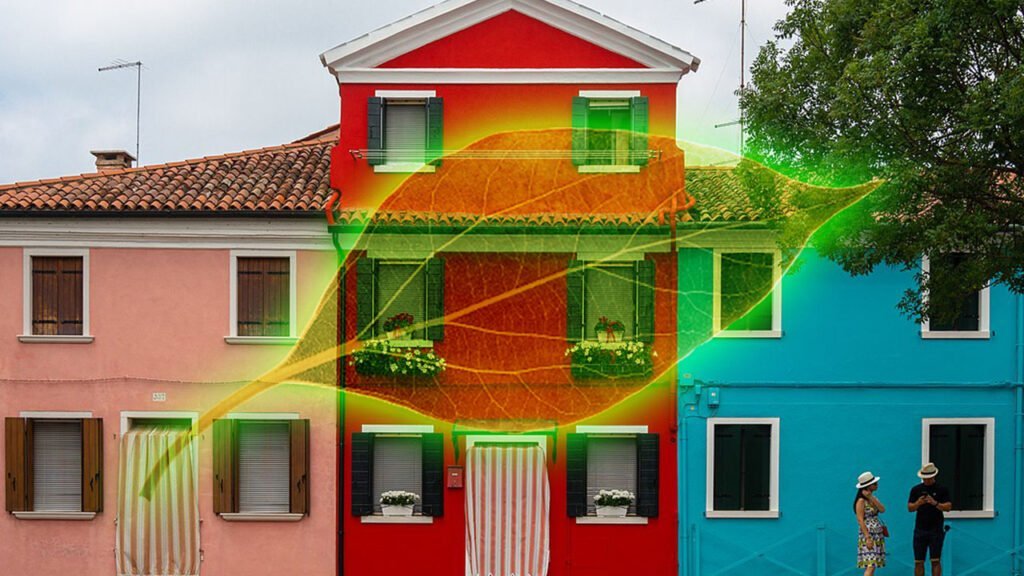
Vivid Light
Burns or dodges the colours by increasing or decreasing the contrast, depending on the blend colour. If the blend colour (light source) is lighter than 50% grey, the image is lightened by decreasing the contrast. If the blend colour is darker than 50% grey, the image is darkened by increasing the contrast.
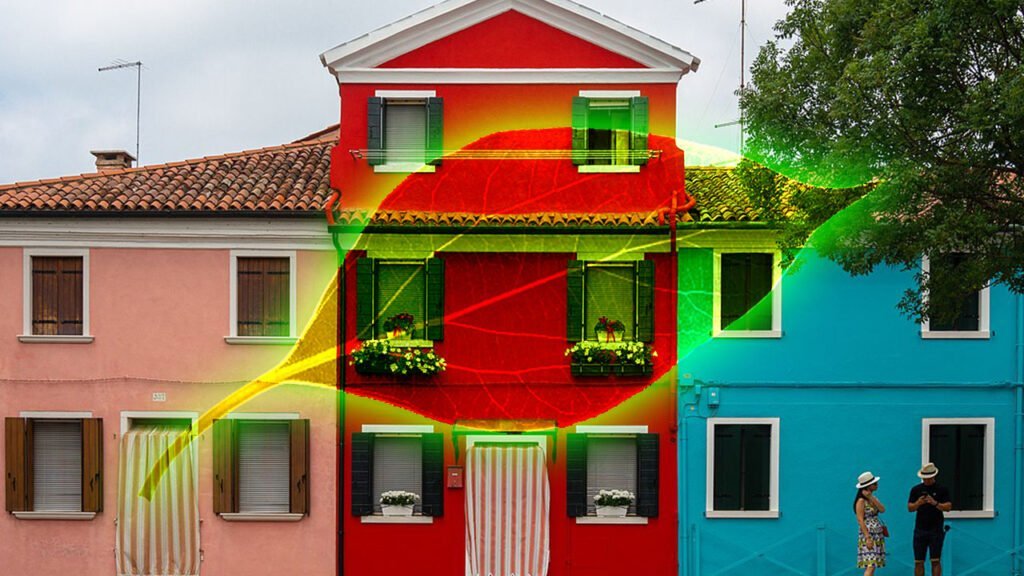
Linear Light
Burns or dodges the colours by decreasing or increasing the brightness, depending on the blend colour. If the blend colour (light source) is lighter than 50% grey, the image is lightened by increasing the brightness. If the blend colour is darker than 50% grey, the image is darkened by decreasing the brightness.
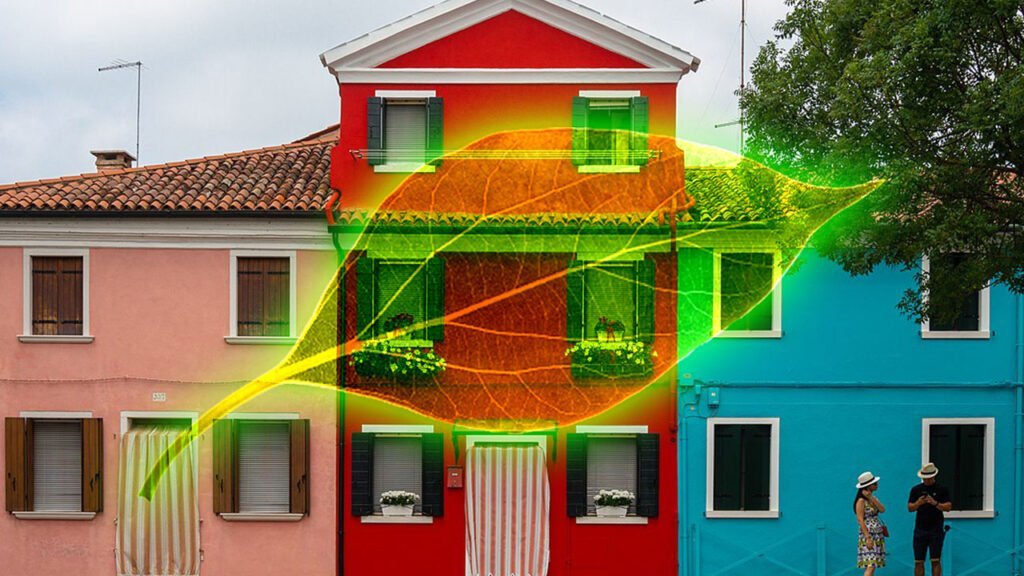
Pin Light
Replaces the colours, depending on the blend colour. If the blend colour (light source) is lighter than 50% grey, pixels darker than the blend colour are replaced, and pixels lighter than the blend colour do not change. If the blend colour is darker than 50% grey, pixels lighter than the blend colour are replaced, and pixels darker than the blend colour do not change. This is useful for adding special effects to an image.

Hard Mix
Adds the red, green and blue channel values of the blend colour to the RGB values of the base colour. If the resulting sum for a channel is 255 or greater, it receives a value of 255; if less than 255, a value of 0. Therefore, all blended pixels have red, green, and blue channel values of either 0 or 255. This changes all pixels to primary additive colours (red, green, or blue), white, or black.
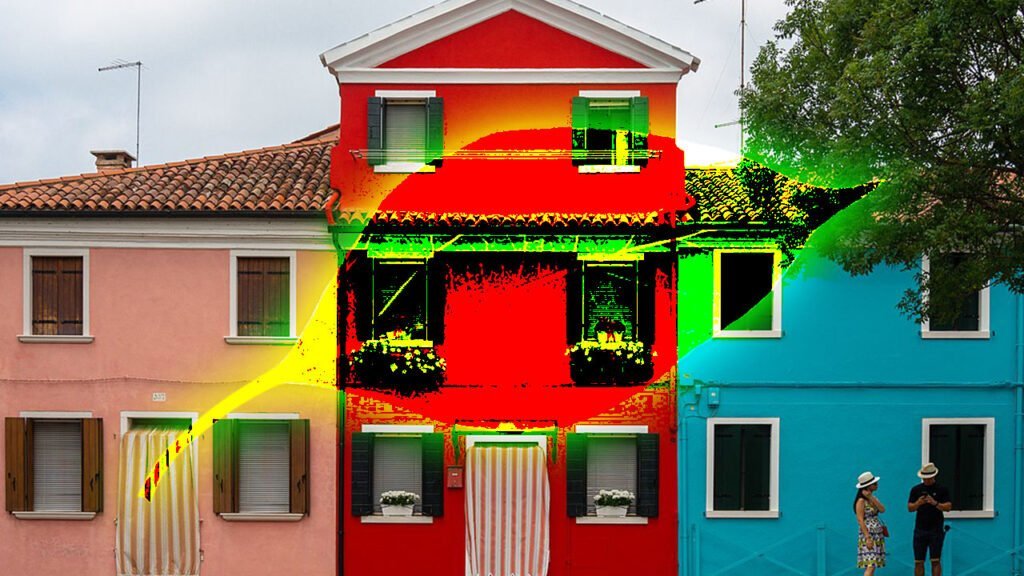
Difference
Subtracts the colours of the top and base layers, keeping the resulting value and combines it with the original base colours.
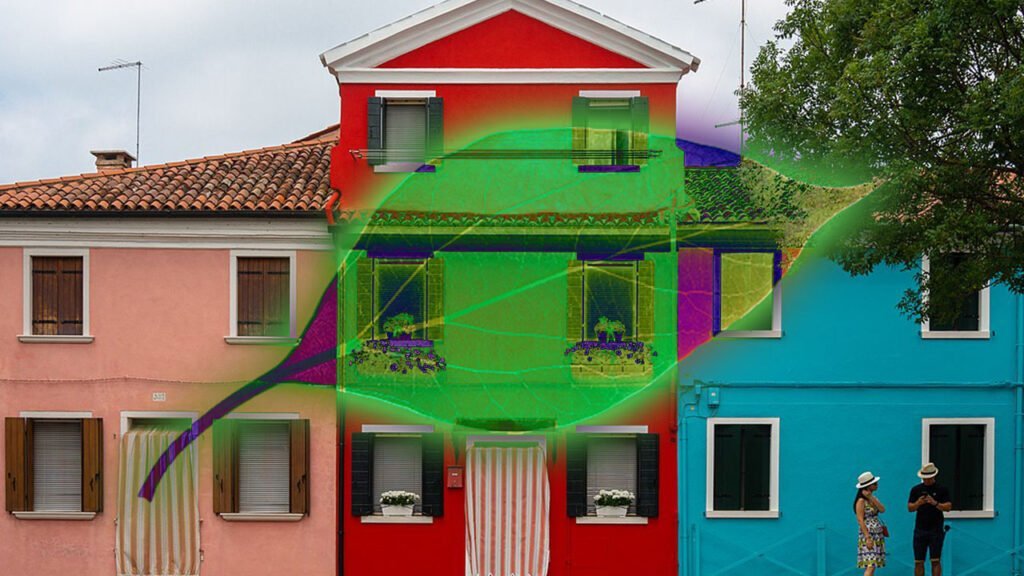
Exclusion
Creates an effect similar to but lower in contrast than the Difference mode. Blending with white inverts the base colour values. Blending with black produces no change.
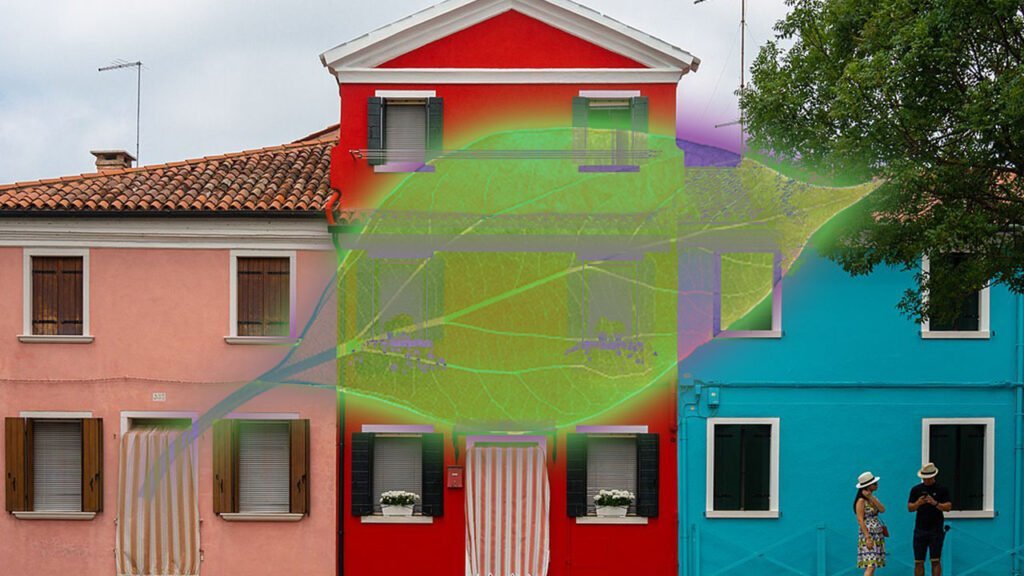
Subtract
Look at the colour information in each channel and subtracts the blend colour from the base colour. In 8- and 16-bit images, any resulting negative values are clipped to zero.
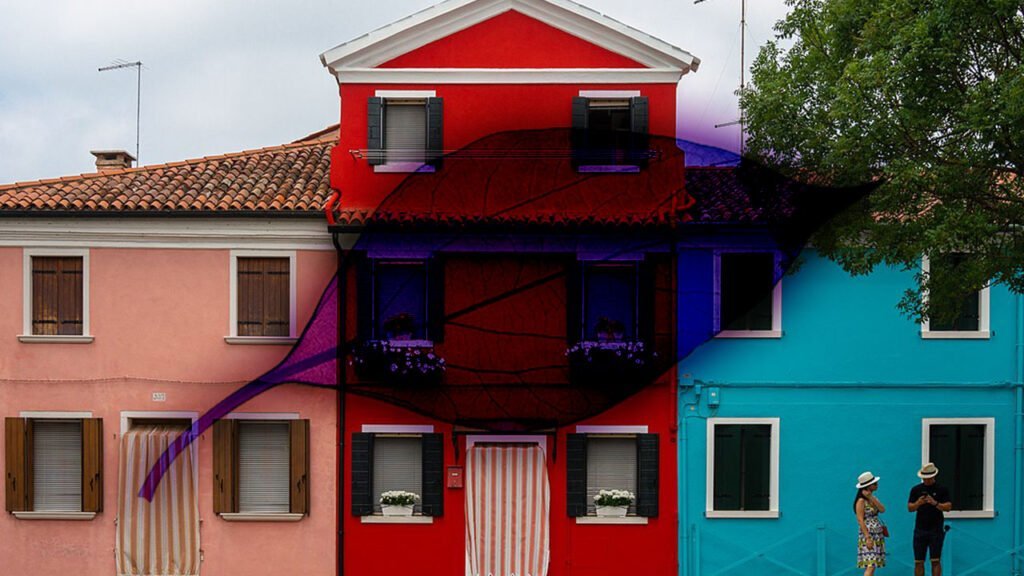
Divide
Look at the colour information in each channel and divide the blend colour from the base colour.
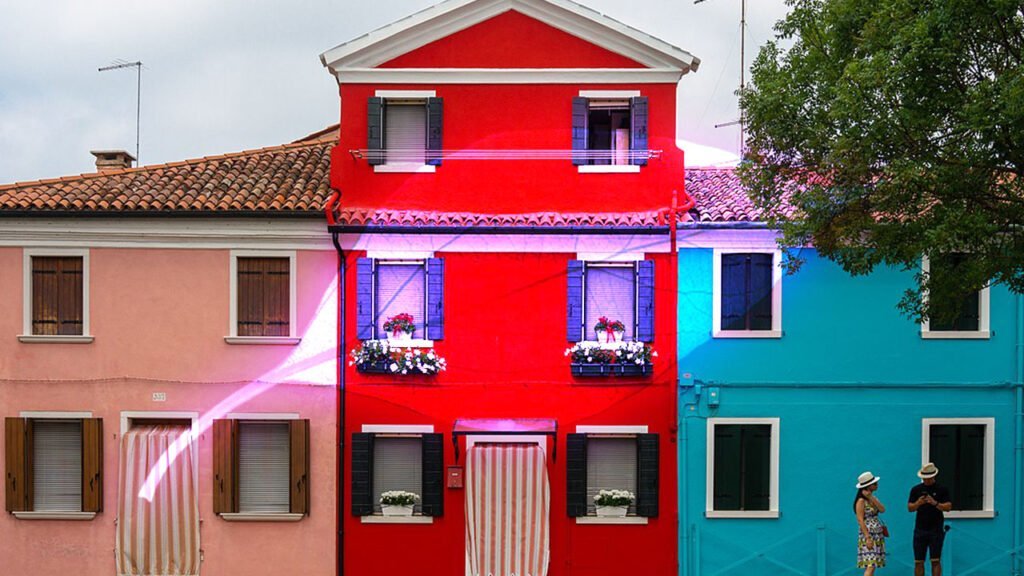
Hue
Creates a result colour with the luminance and saturation of the base colour and the hue of the blend colour.
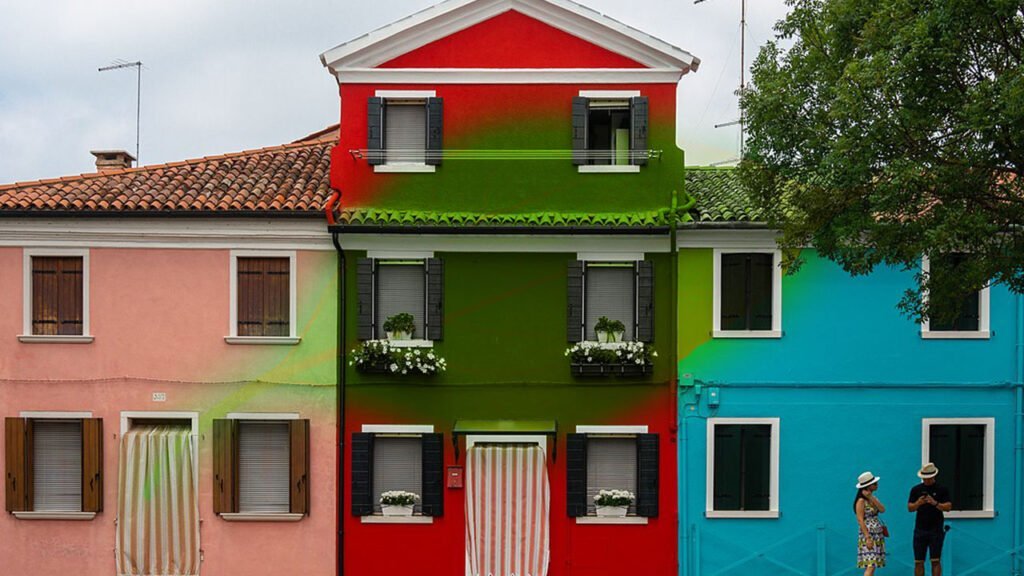
Saturation
Creates a result colour with the luminance and hue of the base colour and the saturation of the blend colour. Painting with this mode in an area with no (0) saturation (grey) causes no change.
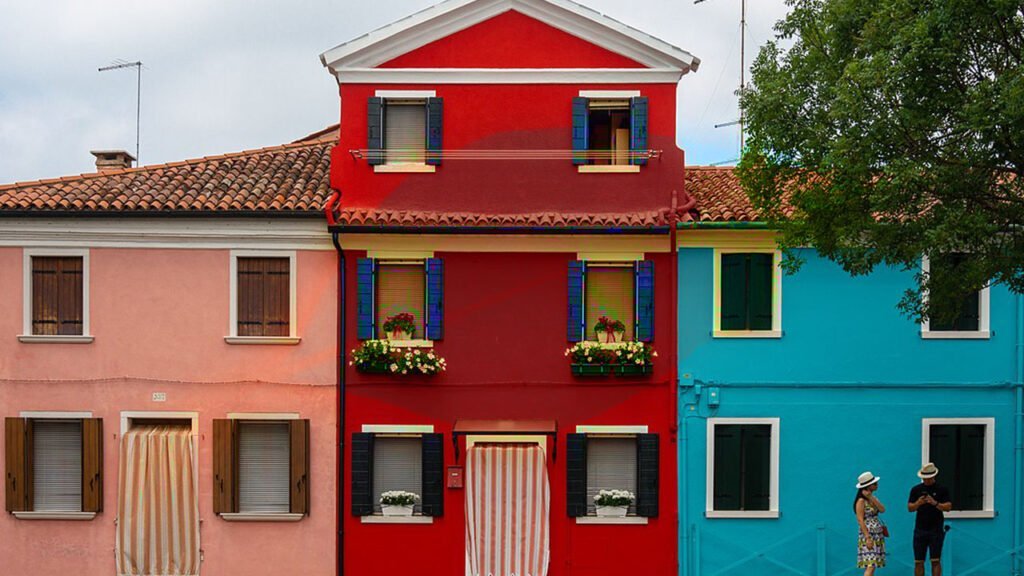
Colour
Creates a result colour with the luminance of the base colour and the hue and saturation of the blend colour. This preserves the grey levels in the image and is useful for colouring monochrome images and for tinting colour images.
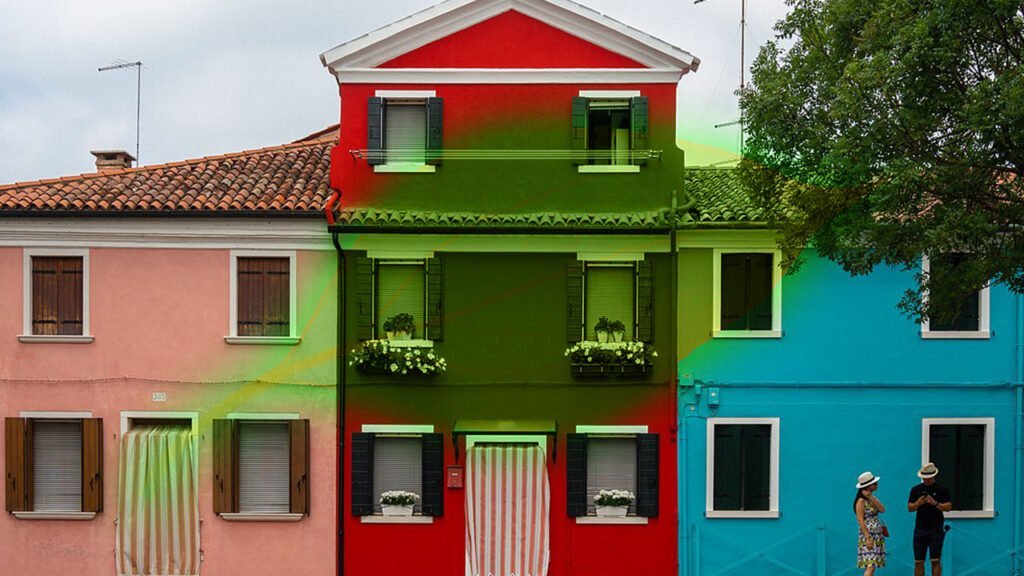
Luminosity
Creates a result colour with the hue and saturation of the base colour and the luminance of the blend colour. This mode creates the inverse effect of Colour mode.
